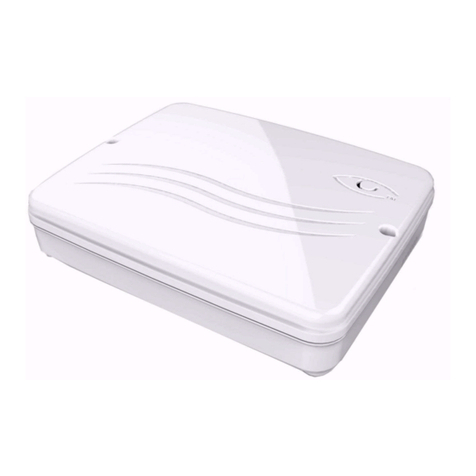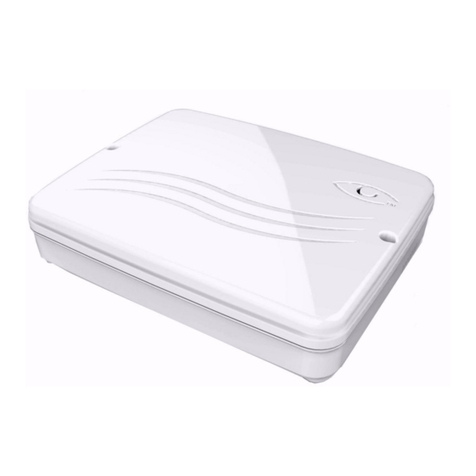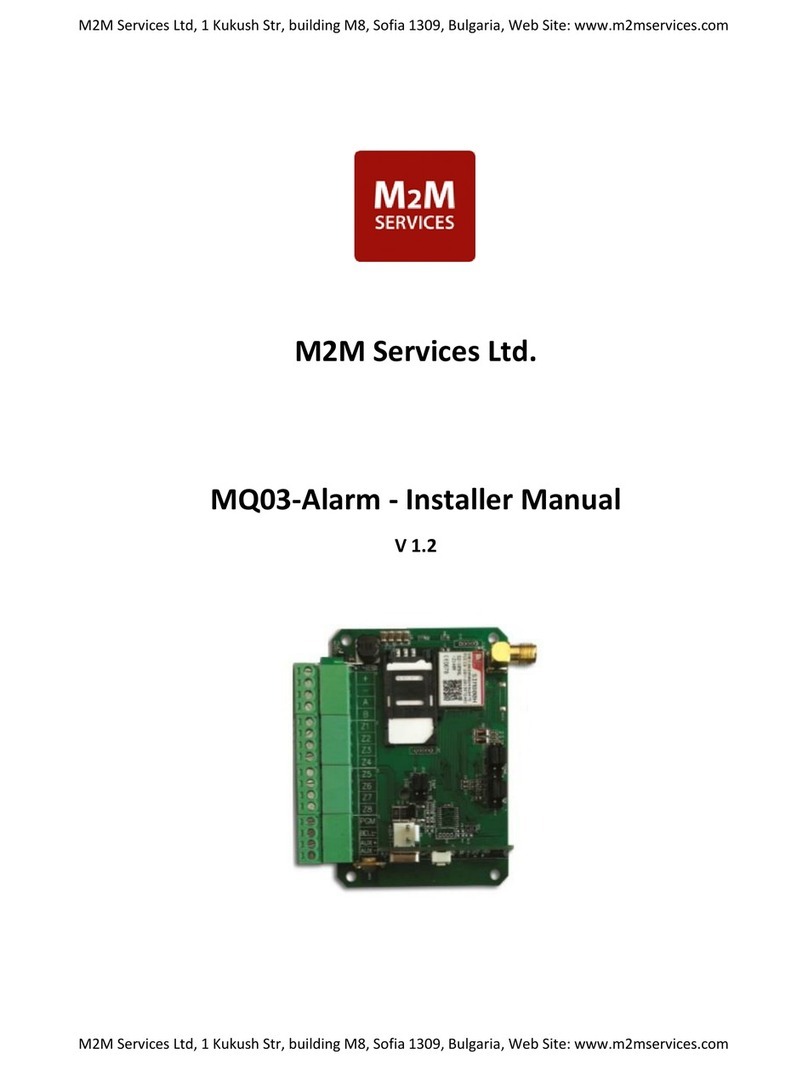Table of Contents
1. CONFIGURATION POSSIBILITIES .................................................................. 5
2. CONNECTIVITY .............................................................................................6
2.1 Wiring options .....................................................................................................................6
2.2 Installing the device ..............................................................................................................9
2.3 Status LEDs ....................................................................................................................... 12
2.4 Operation requirements ....................................................................................................... 16
3. INSTALLATION OF THE DEVICE ....................................................................18
3.1 Installation steps................................................................................................................. 18
3.2 Turning on the device ......................................................................................................... 20
3.3 Possible problems .............................................................................................................. 21
4. INSTALLING THE SYSTEM SOFTWARE ..........................................................23
4.1 Computer connection .......................................................................................................... 23
4.2 Downloading the software components ................................................................................ 24
4.3 Identifying software ............................................................................................................ 25
4.4 Onsite installation at location ............................................................................................... 25
4.5 Checking the serial port connection ...................................................................................... 26
4.6 Connection on the serial port with a terminal utility................................................................ 26
5. EASYTERM –CONFIGURATION, SOFTWARE REFRESH ...................................29
5.1 Introducing EasyTerm utility ................................................................................................ 29
5.2 EasyTerm start-up............................................................................................................... 30
5.3 Checking data connection settings ....................................................................................... 31
5.4 Checking the proper startup of the device ............................................................................ 33
5.5 Setting up the GPRS connection ........................................................................................... 36
5.6 Manual firmware upload, software refresh (for v2.0 software only).......................................... 36
5.7 Firmware upload, software refresh with FTP server (from v2.1 or newer software!) .................. 39
5.8 Firmware upload at serial port ............................................................................................. 42
5.9 Gate opening ...................................................................................................................... 44
5.10 Configuration setup, programming the device ...................................................................... 46
5.10.1 Opening and displaying configuration files ........................................................................ 46
5.10.2 Sending parameters from the PC to the Easy 2.................................................................. 48
5.10.3 Reading out parameters from the Easy 2 to the PC............................................................ 50






























